SUMMARY
This is AI generated summarization, which may have errors. For context, always refer to the full article.
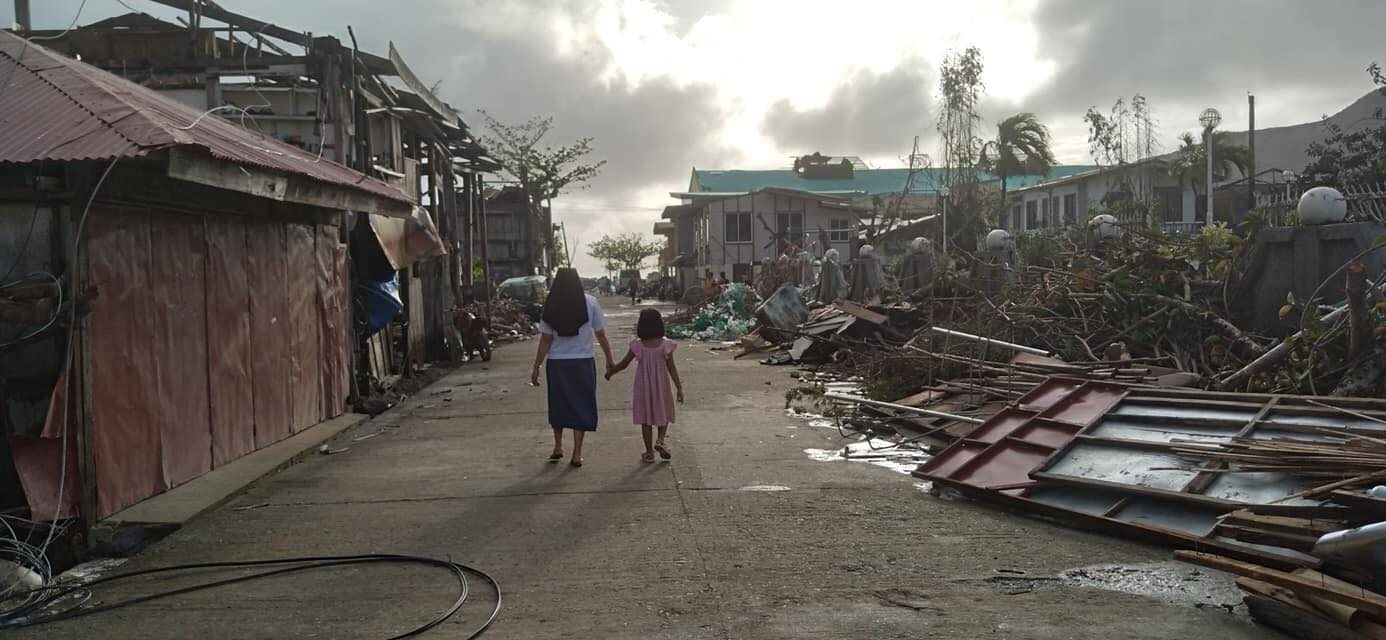
BUKIDNON, Philippines – Nearly a month after Typhoon Odette (Rai) battered and leveled Dinagat Islands, the provincial government is slowly transitioning from relief operations to recovery and rehabilitation efforts.
Dinagat Islands Governor Arlene “Kaka” Bag-ao on Monday, January 10, said all houses were either damaged or destroyed in the province. The provincial government counted more than 16,000 houses wrecked and 14,702 others damaged.
The capitol said the province’s agricultural and fishery sectors suffered losses of over P1 billion.
The rains that came after the December 16, 2021 onslaught of Odette made things difficult, preventing people from undertaking repairs. This was aggravated by the lack of construction materials in the province.

Bag-ao said what has been sustaining islanders was the steady supply of food and water and other relief goods.
Father Raymond Ambray, director of the Ecology and Environment Desk of Tandag Catholic Diocese, said he saw a brown and bare landscape when he went to Dinagat to help in relief operations on January 3.
He said debris was everywhere, most houses were in ruins, and canvases covered the roofless ones.
But Ambray said he also saw the resiliency of Dinagatnons.
“While I saw such a devastating sight, warm smiles still greeted us. Yet my heart told me otherwise – the people just suppressed their pains and frustrations,” he said.
Ambray, however, said islanders were worried about the waning relief assistance.
“It is clear that the coastal municipalities bore the brunt of Odette. We need to focus our help in the areas of Dinagat – San Jose, Cagdianao, Basilisa. Still, we saw green patches in the mountains on the island,” he said.
Ambray was with a group of nuns, seminarians, medical practitioners, drivers, carpenters, and cooks sent by the Roman Catholic Diocese of Tandag, Surigao del Sur, under Bishop Raul Dael, to help the typhoon-devastated province.
Bag-ao said the provincial government has been focused on recovery and rehabilitation efforts, rebuilding public infrastructure such as the hospitals, and restoring livelihood and local economy while sustaining relief and recovery efforts.
Community kitchens have been set up down to the barangay level so that people would not get hungry.
Bag-ao said families living in danger zones, particularly along the shorelines of Dinagat, have agreed to relocate provided they have access to basic infrastructure.
Fishermen, she said, wanted to be assured that their boats would be secured if their families moved elsewhere.
Bag-ao also stressed the need for resilient housing under a recovery program that would factor in livelihood and environmental considerations. – Rappler.com
Grace Cantal-Albasin is a Mindanao-based journalist and awardee of Aries Rufo Journalism Fellowship
Add a comment
How does this make you feel?
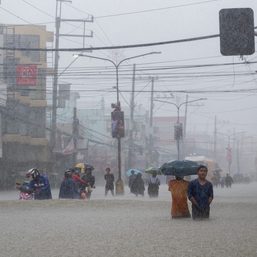

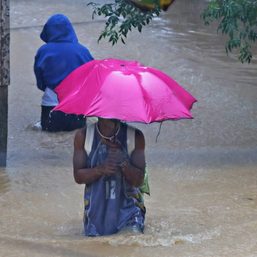
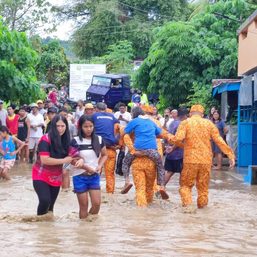
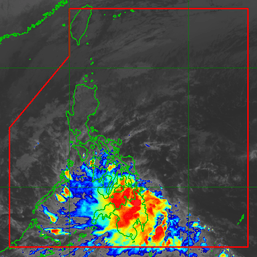
There are no comments yet. Add your comment to start the conversation.